The Importance of the Land of Israel in the Exodus of prehistoric times is enormous! In the beginning, about 1,800,000 years ago the Homo Erectus began the real exodus. He leaves Africa and one of his routes used to wander all over the globe is The Land Of Israel. What did he find here from all places? Well in those days the Land of Israel was a comfortable land route with rich Flora and Fauna that resembled an African Savanna. Probably the land is a reminder of home for the Homo Erectus.
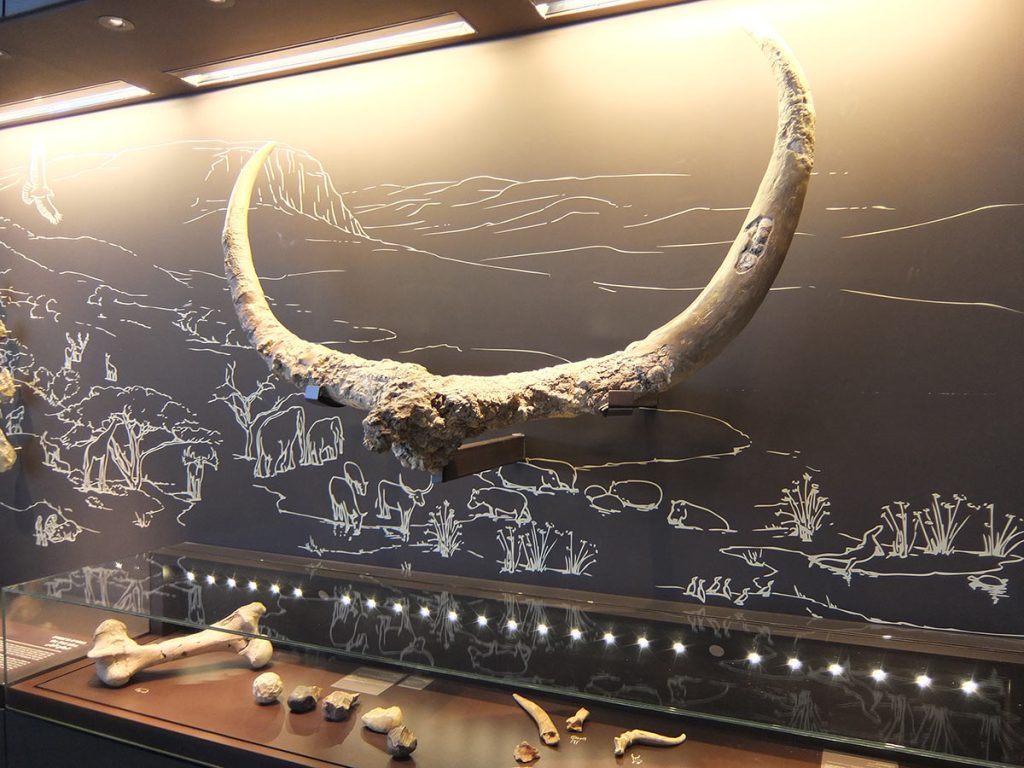
The Exodus of Prehistoric Times: A Hunter-Gatherer Society
It was a Hunter-gatherer society. The number of each group was low, about 20-25 people. It was an open-ended society. People join the group, and people leave it. They do not need to get the Ok from anyone to do that. Also, language yet existed. The group leader changed, and there wasn’t an elected authoritative leader. One group can be called Arik’s group because he was the one that formed that pack initially.
But it does not mean he can boss people around. The leader can not enforce his decisions. The situation will produce a leader. If we are out to hunt giraffes, we will use Max as a leader. He knows best how to do that best.
The Exodus of Prehistoric Times: Ubeidiya
A few km south of the Sea of Galilee, Ubeidiya is one of the earliest migrations of Homo Erectus out of Africa. With only the site of Dmanisi in Georgia being older. What was when the Homo Erectus got here about 1.7 million years ago? Firstly, he found a lake. The Sea of Galilee is the remains of that ancient lake. The landscape did remind Africa, but also animals from Asia and Europe entered the land.
The site yielded hand axes of the Acheulean type, a hippopotamus’ femur bone, and a huge pair of horns belonging to a species of extinct bovid. More than 10,000 ancient stone tools were found here in the excavations. If you would like, those tools found in Ubeidiya were the first step toward the iPhone. Truly here, it is the beginning of human civilization. We assume that tools; superior learning abilities; complex social structures; and a larger brain play an enormous advantage. All those advantages have made humankind the most powerful animal on Earth.
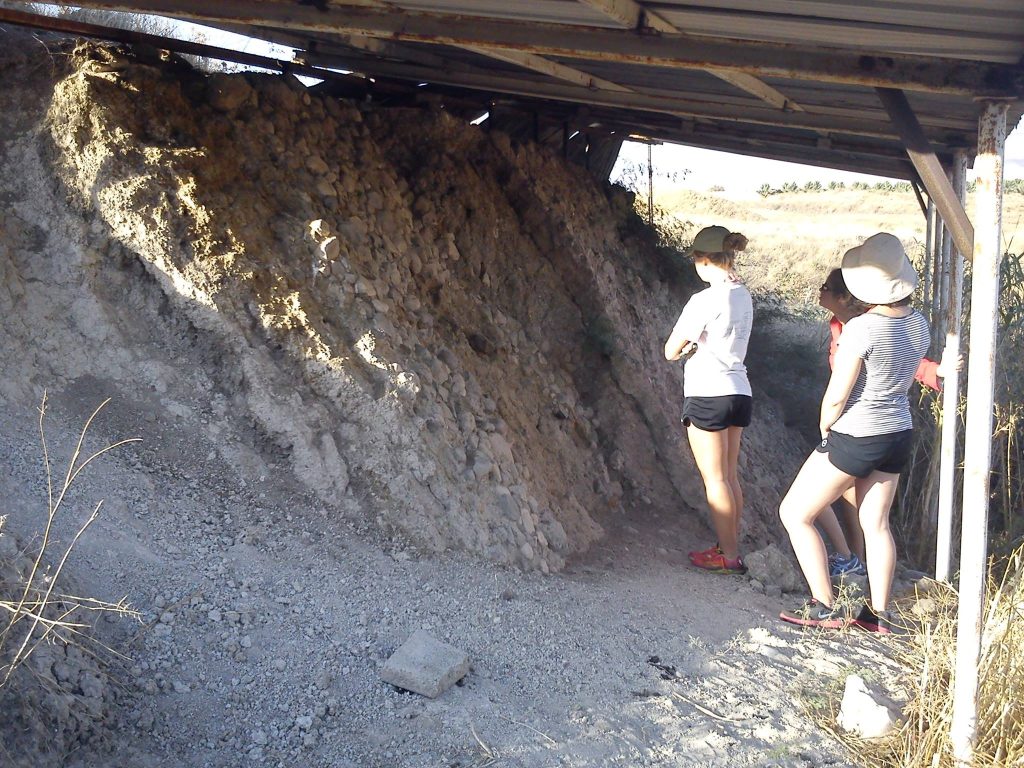
The Exodus of Prehistoric Times: Homo-Sapiens Takes The Lead
We must remember that man is not really good at anything. Firstly, We can not run fast. We do not know how to swim very well; we do not have wings. Even a tail we do not possess anymore. So what did humans use for their survival? You can say it! Tools! Man learns to make tools like weapons or things that can help him dig. You need to know how to make those tools. Also, you need to know where to find Flint. The first man needs to imagine the finished product while making it. What is fantastic is the Lithic culture of the Homo Erectus almost did not change for two million years.
The Exodus of Prehistoric Times: Nahal Me’arot Nature Reserve
The importance of the Land of Israel as a center for the three monotheistic religions is known to all. And in modern times it has brought an enormous interest among scholars that lead to intense archaeological excavations till this day. But few will know how big of a role the Land of Israel played in the Prehistoric era. On our private tour of Prehistoric Israel, we will start with Nahal Me’arot Nature Reserve, yet another World Heritage Site by UNESCO.
Among other things found in Nahal Me’arot is evidence of the first burial practices. Burying our dead is a human practice that differentiates us humans from other animals. It seems that most of our existence as humans did not go by with any awareness of death or honoring the dead in some way. Burials are the practice that archeology found that shows the showing awareness of to this process called dying and honoring the dead.
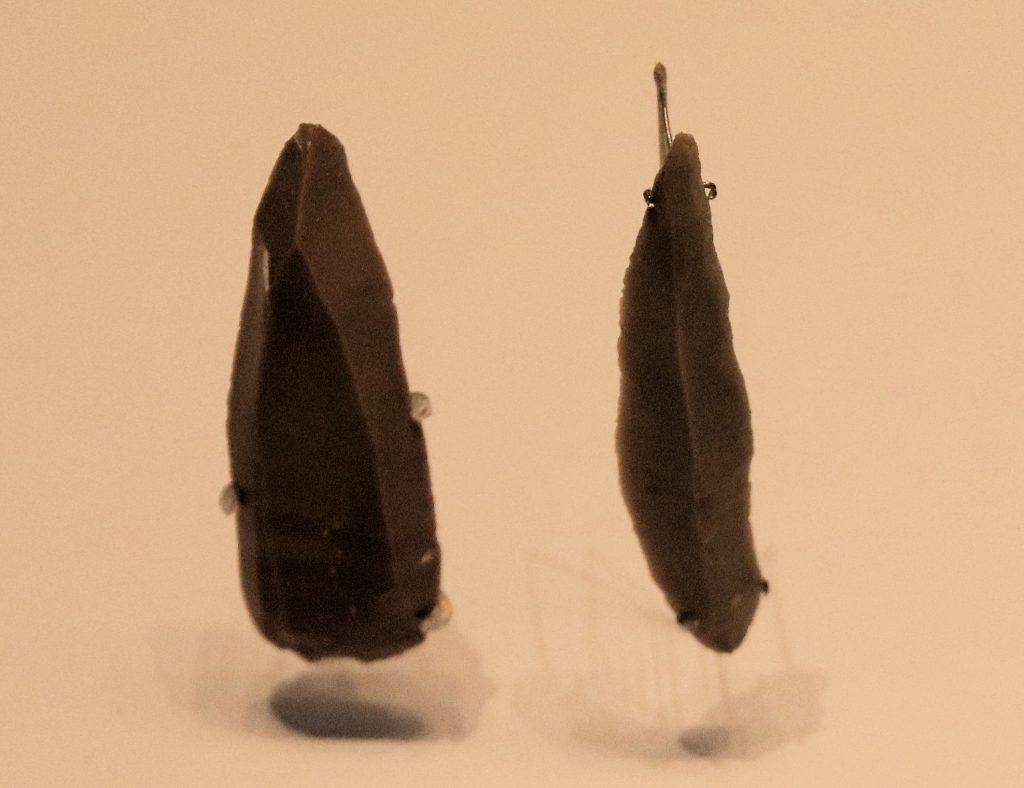
Neanderthals And Homo Sapiens, Buried Side By Side
Most of humanity’s existence went by without any awareness of death. The very first reference to it that we find in archaeology is tombs. Burial is an activity that is not designated to improve humanity. But shows caring for the body of a loved one after he has already died. The tombs are dated to the Middle Paleolithic Period, after the Acheulean Culture.
Neanderthal Research in the Land of Israel
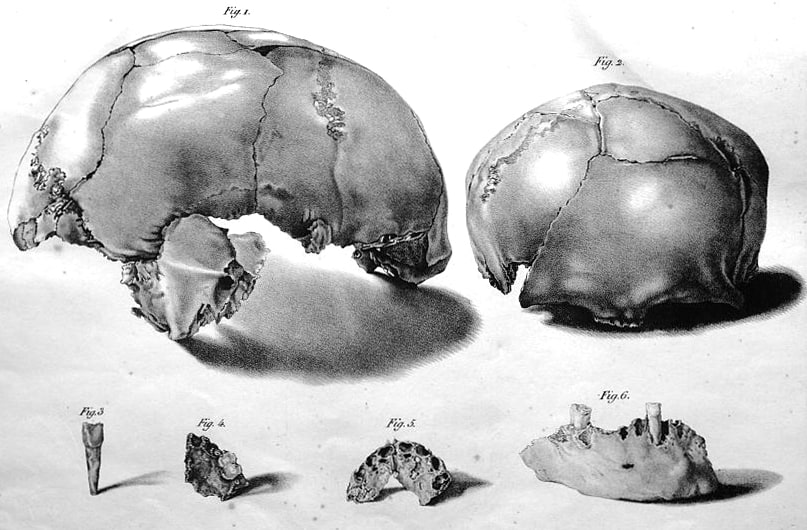
Even more interesting is that archaeologists found in caves in the Galilee and in Nahal Me’arot Natural Reserve tombs two different human populations that lived side by side. On the one hand, they found tombs of Neanderthals, and next to them, tombs of Homo-Sapiens. First, we know the Neanderthals originated from Europe. Israel is the south boundary of the Neanderthals.
While for a long time, the theory was that the origin of the Homo Sapiens is from Africa. Some scholars suggest that Homo Sapiens originates from the Land of Israel. So Far, The Existence Of The Two Populations Side-By-Side In The Middle Paleolithic Period Is Known Only In The Land Of Israel.
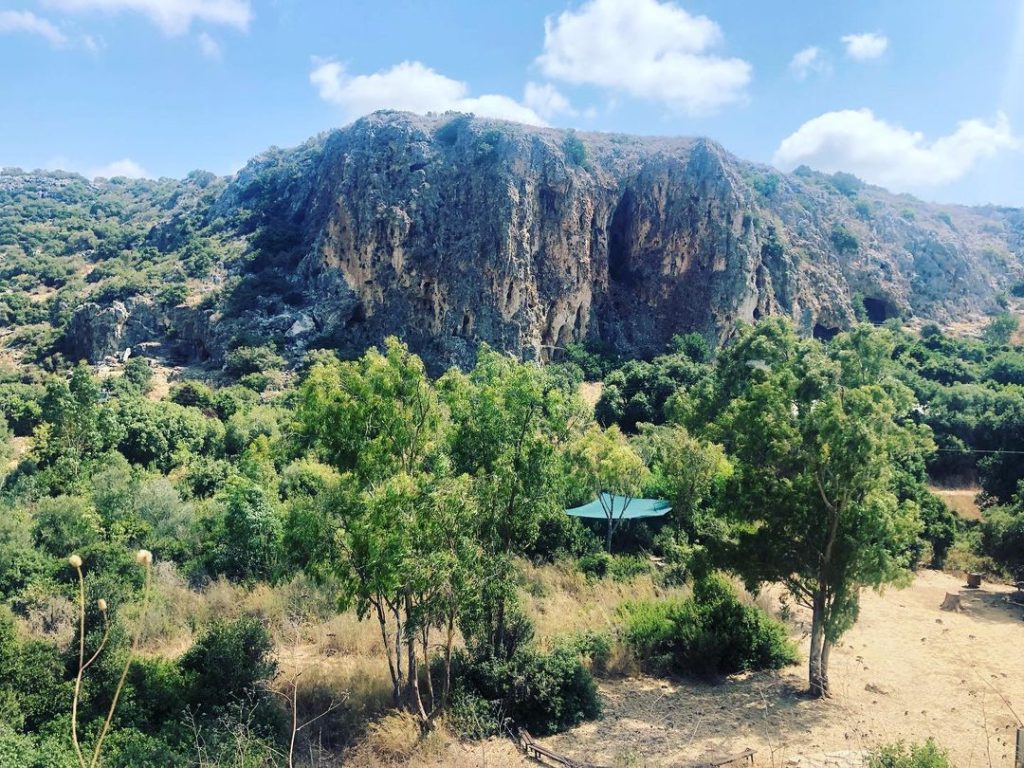
How Did The Tombs Look Like?
In the earliest tombs, about ten skeletons of Neanderthals were dug up next to 30 skeletons of Homo-Sapiens. Different ages were found in both species, from young babies to old specimens. The populations were very different from one another anatomically. But their burial practices were very similar.
Exploring the Lower Paleolithic Era

The dead body was laid in the tomb and then covered with soil. Sometimes, objects with symbolic meaning were found. For example, ornaments from shells (Glycymeris, Nassarius). Also, parts of animal heads – an ox’s skull, a wild boar’s jaw, and the horns of deer. So it is possible to interpret these offerings given by both species as religious thinking and the belief in an afterlife.
Therefore, the burial was symbolic, and only a fracture of the population received such honor. Who were the few that got buried, and who decided who would get this honor and who would not? It is not clear to us. In Tabun Cave, a tomb was dated to 122,000 years BCE. Probably the earliest tomb there is. Also, in Es-Skhul Cave, tombs of Homo-Sapiens were found dated to 102,000 BCE.

